Reducing harmful health screenings and overtreatment in older adults
Powered by WPeMatico
Powered by WPeMatico

Mumbai: Amaha has announced securing a substantial investment of over INR 50 crore as an extended series A round. This round of funding was led by Fireside Ventures investing INR 36.4 crore as well as additional investment of INR 15+ crore by other strategic investors.
“Over time, Amaha has successfully raised one of the largest investments in mental health in India,” the Company stated.
The Amaha mental health ecosystem provides treatment and care for a range of mental health conditions like anxiety, depression, bipolar disorder, ADHD, OCD, schizophrenia, and addictions. The organisation was founded by psychiatrist and healthcare entrepreneur Dr Amit Malik and joined by social entrepreneur Neha Kirpal as co-founder, to address the mental health treatment gap prevalent in India.
Dr. Amit Malik, Founder and CEO of Amaha, expressing his eagerness about the recent funding, stated, “The INR 50+ Crore infusion helps consolidate Amaha’s position as the leading mental healthcare provider in India and accelerates the company’s strategic expansion plans, as it continues to address the dynamic mental health challenges faced by individuals, families and organisations across the country. The partnership with Fireside Ventures creates exciting possibilities for cross-sectoral collaborations, propelling Amaha’s efforts to mainstream mental health access to all those in need.”
Ankur Khaitan, Principal, Fireside Ventures said, “At Fireside, our outlook is to look for companies building for well-being and in that context, the space of addressing mental health issues is a large unmet need in India. Amaha with their deep clinical expertise and unique business model across digital and offline clinics will be able to solve for awareness and access to a wider audience.”
Amaha acquired & partnered with India’s foremost Child and Adolescent mental health organisation Children First two years ago.
Read also: Strides Pharma shares sold by 2 entities for Rs 81 crore
Powered by WPeMatico
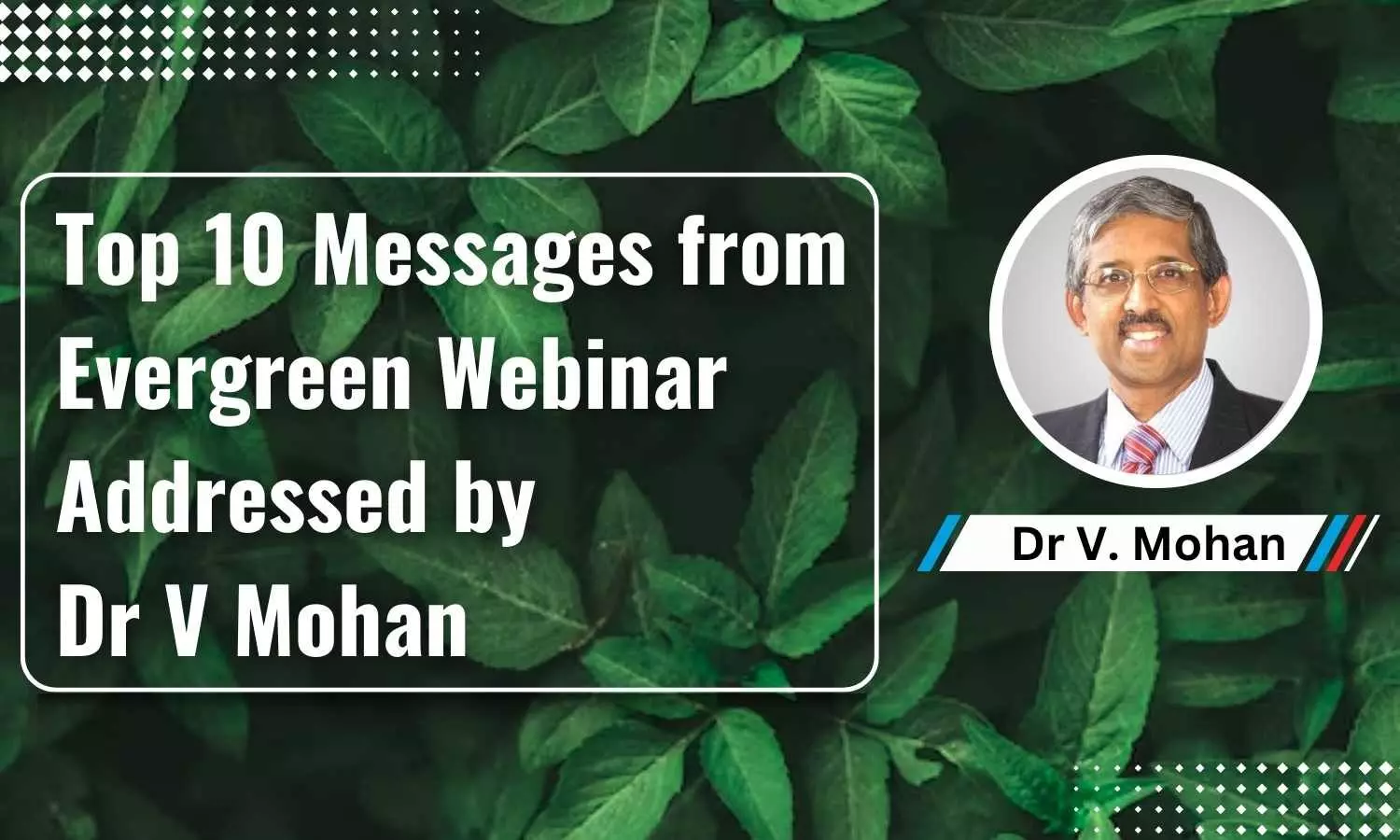
Dr. V. Mohan, M.D., FRCP (London, Edinburgh, Glasgow & Ireland), Ph.D., D.Sc. D.Sc (Hon. Causa), FNASc, FASc, FNA, FACE, FACP, FTWAS, MACP, FRSE. Dr. V. Mohan is a Padma Shri Awardee and is the Chairman of Dr. Mohan’s Diabetes Specialities Centre in Chennai, South India, an IDF Centre of Excellence in Diabetes Care and Madras Diabetes Research Foundation, Asia’s largest stand-alone diabetes research centre.
The Evergreen webinar covered the clinical applicability of Linagliptin and Dapagliflozin in real-world clinical scenarios of Type 2 Diabetes. The case scenarios covered included newly diagnosed obese type 2 diabetes mellitus (T2DM), T2DM uncontrolled on metformin, uncontrolled T2DM with a sedentary lifestyle, long-standing T2DM with atherosclerotic cardiovascular disease (ASCVD) and rapidly declining eGFR and elderly T2DM obese patients with risk of hypoglycemia.
Below are the ten key messages addressed by Dr V Mohan from the Evergreen Webinar on the clinical applicability of Linagliptin and Dapagliflozin.
1. Diabetes Mellitus- Global Burden & High Brunt on Low & Middle-Income Countries: Diabetes is a worldwide healthcare challenge; half a billion people currently have diabetes, and this number will soon touch 1 billion. Three out of four diabetes patients live in lower- and middle-income countries. China and India alone account for 40% of the entire diabetes population in the world. Half of people have undiagnosed diabetes, which adds to the burden.
2. Poor Combined ABC Goals Achievement in India- Learnings from ICMR-INDIAB-17: The ICMR-INDIAB-17 study showed that 101 million have diabetes, 136 million have prediabetes, and 237 have either diabetes or prediabetes. Among them, 315 million of them have hypertension, with higher rates observed among all urban populations compared to rural populations. Furthermore, only 35 % of Indians have their HbA1C under control, and only 7% have their HbA1C, Blood pressure, and Cholesterol (A-B-C) under control.
3. Challenges in Glycemic Control: Due to the multiple pathophysiological defects of diabetes, the treatment should focus on clinical benefits beyond glucose control alone. Drugs with CV and renal benefits and safety are also available; even drugs that do not cause weight gain or hypoglycemia, which are the two main side effects, are advantageous. Compliance and adherence are important, so combination therapy is suggested to reduce the amount of pill intake. Clinical inertia is another big factor for uncontrolled HbA1C in the diabetes population.
4. Why Do We Need Resilient Synergistic Drugs?: Drugs that can reduce lipids, weight, blood pressure, and blood glucose will be a clear winner in India. Hitting hard and hitting early helps in achieving treatment targets. SGLT2 inhibitors mainly act in the kidney, increasing glucosuria, leading to reduction in blood glucose levels, weight and blood pressure. DPP4 inhibitors act on the beta and alpha cells, increasing gastric inhibitory polypeptide (GIP), and glucagon-like peptide-1(GLP) secretion and reducing glucagon secretion leading to sustained glycemic control. Combining the two drugs that act on diabetes defects reduces the pill burden and cost, thus improving adherence and compliance. Linagliptin alone can reduce A1C by 0.9%, while the combination with Dapagliflozin can reduce HbA1c by up to 1.36%. Only 26% of patients achieved HbA1C with Linagliptin monotherapy, while 49% achieved HbA1C target when combined with Dapagliflozin. Linagliptin monotherapy lowered fasting blood glucose by 22 mg/dl, but the reduction was doubled to 52 mg/dl when combined with Dapagliflozin.
5. Efficacy and Safety of Linagliptin and Dapagliptin – Review of Published Studies: The CARMELINA trial compared Linagliptin and placebo and showed positive results favoring Linagliptin. The CAROLINA that compared Linagliptin and Glimepiride also favored Linagliptin. The DECLARE-TIMI showed favorable results with Dapagliflozin. Among the SGLT2 inhibitors, Empagliflozin and Dapagliflozin stand out with positive results and encouraging statistics. Among DPP4 inhibitors, Sitagliptin and Linagliptin exhibit a consistently normal and almost near unity safety profile in hospitalization for heart failure.
Linagliptin is neutral and safe in all stages of kidney failure, even at dialysis. Dapagliflozin benefits heart and kidney outcomes, and Linagliptin has no deleterious effect. Thus, among CV and kidney disease concerns, SGLT2i (Dapagliflozin) and DPP4i (Linagliptin) come out as clear winners.
6. What do Global & Indian Guidelines Direct?:
The Research Society for the Study of Diabetes in India (RSSDI) guidelines: The RSSDI guidelines suggest combination drugs for patients with HbA1C 1.5% above target or as a first-line even above metformin.
The American Diabetes Association(ADA) Guidelines: The ADA 2023 suggested the early use of combination therapy to prevent treatment failure. In patients with established ASCVD, heart disease, HF, and CKD, the guideline recommended the use of SGLT2 inhibitors.
The American Association of Clinical Endocrinology (AACE) Guidelines: The AACE guidelines also recommended an early use of either SGLT2 inhibitors or DPP4 inhibitors, or a combination of the two if the HbA1C is 1.5% above targets.
The Kidney Disease Improving Global Outcome (KDIGO) Clinical Practice Guideline: The KDIGO also recommended the use of SGLT2 inhibitors in treating people with T2D, CKD and an eGFR ≧20 ml/min per 1.73 m2
7. CV Safety of Linagliptin in Asian Patients: The CV benefits derived from trials (CAROLINA, CARMELINA, RCTs) showed consistent and similar benefits among Asians and other ethnicities. The Chinese show no specific benefits among Asians; higher favorable benefits are reported among Koreans and Indians, likely due to lower adiponectin levels.
8. Weight Reduction and Mitigating Genitourinary Tract Infections with Combination of Linagliptin and Dapaglilfozin: The CAROLINA trial showed better weight reductions with Linagliptin than with Glimepiride. This suggests that DPP4 inhibitors work better than SU agents for weight reduction. Linagliptin alone can reduce weight by 1.06 kg. The SGLT2 inhibitor, dapagliflozin, has weight-lowering effects and can reduce weight by 4.27 kgs. Additionally, Adding Linagliptin to SGLT2 inhibitors (Dapagliflozin) reduces the risk of genitourinary tract infection by 49% than using SGLT2 inhibitors alone. This is not observed with all SU agents.
9. Suitability of SGLT2 and DPP4 inhibitors in Indian T2DM Patients: Given the multiple pathophysiological defects of diabetes, a combination of SGLT2 and DPP4 inhibitors, with or without metformin is suitable, providing better glycemic control, pleiotropic benefits, and CV benefits. Combination therapy is recommended in Indian patients to overcome clinical inertia and ensure long-term patient adherence.
10. Clinical Applicability of Linagliptin & Dapagliflozin: Linagliptin and Dapagliflozin could be considered at any stage of the natural history of diabetes. The combination therapy is safe in diabetes, including newly diagnosed and uncontrolled, irrespective of age and BMI, risk of hypoglycemia, spectrum of CV and CKD, with the added benefit of convenience of once-daily dosing.
The EVERGREEN webinar was a scientific initiative supported by USV Pvt Ltd.
Reference:
1. V Mohan, EVERGREEN Webinar Presentation.
Powered by WPeMatico
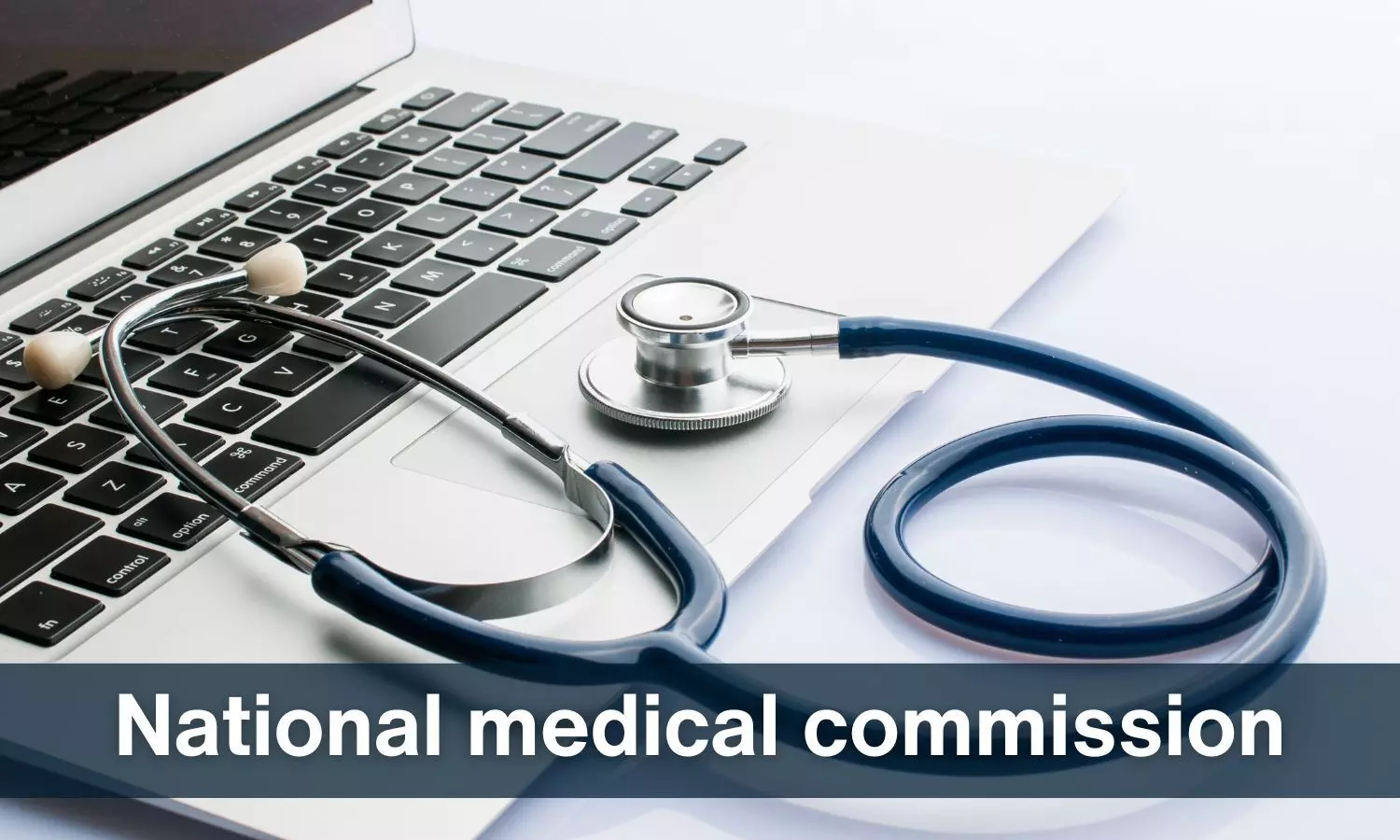
Bhubaneswar: Bringing good news to the medical aspirants in Odisha, a total number of 100 MBBS seats are likely to be added to the seat matrix in Odisha as the State Government has decided to set a target to add these MBBS seats in the new Government Medical College and Hospital (MCH), Jajpur from the 2024-2025 academic session.
Speaking in this regard, an official of the department informed TOI that the application process for getting permission from the National Medical Commission (NMC) has commenced already.
“If all goes to plan, the health and family welfare department will get permission from the National Medical Commission (NMC) to start admission in the medical college. Application process for the permission has been started,” the official informed.
Two new medical colleges in Kalahandi and Jajpur districts were constructed under a centrally sponsored scheme. The fund sharing was done on 60:40 basis between the Centre and the State.
Also Read: 3 New Private Medical Colleges to Come Up in Gujarat, 400 MBBS seats to be added
As per the latest media report by the Times of India, while the medical college in Kalahandi commenced MBBS admission last year, the medical college located at Jajpur will be ready to admit MBBS students this year. Official sources informed the Daily that the construction work of the Jajpur Medical College has been completed.
Meanwhile, the medical college and hospital located at Phulbani will be ready by next year and the Government will apply to NMC to get its permission for MBBS admissions during the academic session of 2025-2026, the official further informed.
He added that admissions will be conducted at Pabitra Mohan Pradhan Medical College and Hospital at Talcher after the MCH at Phulbani commences MBBS classes. Even though the construction work for the college and hospital buildings have been completed, it is taking time to commence classes.
As per the recent data shared by the Union Health Minister Mansukh Mandaviya, India has altogether 1,08,940 MBBS and 70,645 Postgraduate medical seats. Among these, Odisha has 17 medical colleges with 2525 MBBS and 1234 PG medical seats. While 12 Government medical colleges in the State have an intake capacity for 1675 MBBS seats, there are altogether 850 MBBS seats in 5 private medical colleges. 350 MBBS seats are present in three private medical colleges and 250 seats each in two deemed to be universities in Bhubaneswar.
Powered by WPeMatico
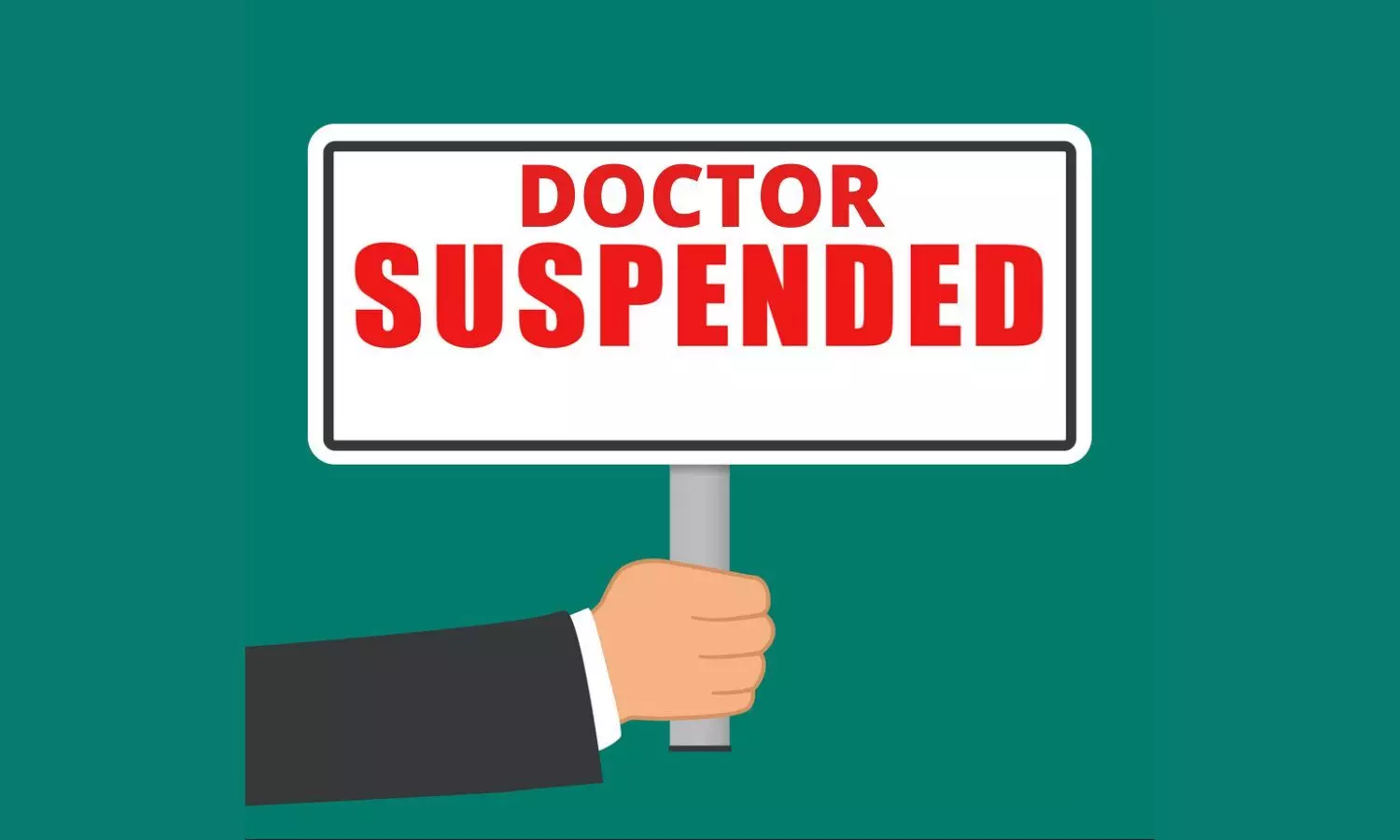
Guna: A surgeon posted in a government hospital in Guna district of Madhya Pradesh was suspended for allegedly demanding money from a patient for treatment, an official said on Friday.
The divisional commissioner took action against the surgeon, identified as Dr Rahul Shrivastava, on Thursday based on a report filed by the district collector.
“A complaint was submitted by the patient to collector Guna Amanbir Singh recently, following which the latter directed the tehsildar to probe the allegation,” the official said.
Also Read:Negligence: Gujarat Medical Council suspends doctor for three months
In his investigation, the tehsildar prima facie found that the doctor, posted at the Guna District Hospital, had sought money from the patient. Based on his findings, the collector sent his report to the divisional commissioner, who then suspended the doctor, he added.
During the suspension, the doctor will remain attached to the collector office, the official added.
Powered by WPeMatico

Bengaluru: Indian generic drugmaker Zydus Lifesciences reported a bigger-than-expected rise in third-quarter profit, driven by strong sales in its domestic and overseas markets.
Powered by WPeMatico
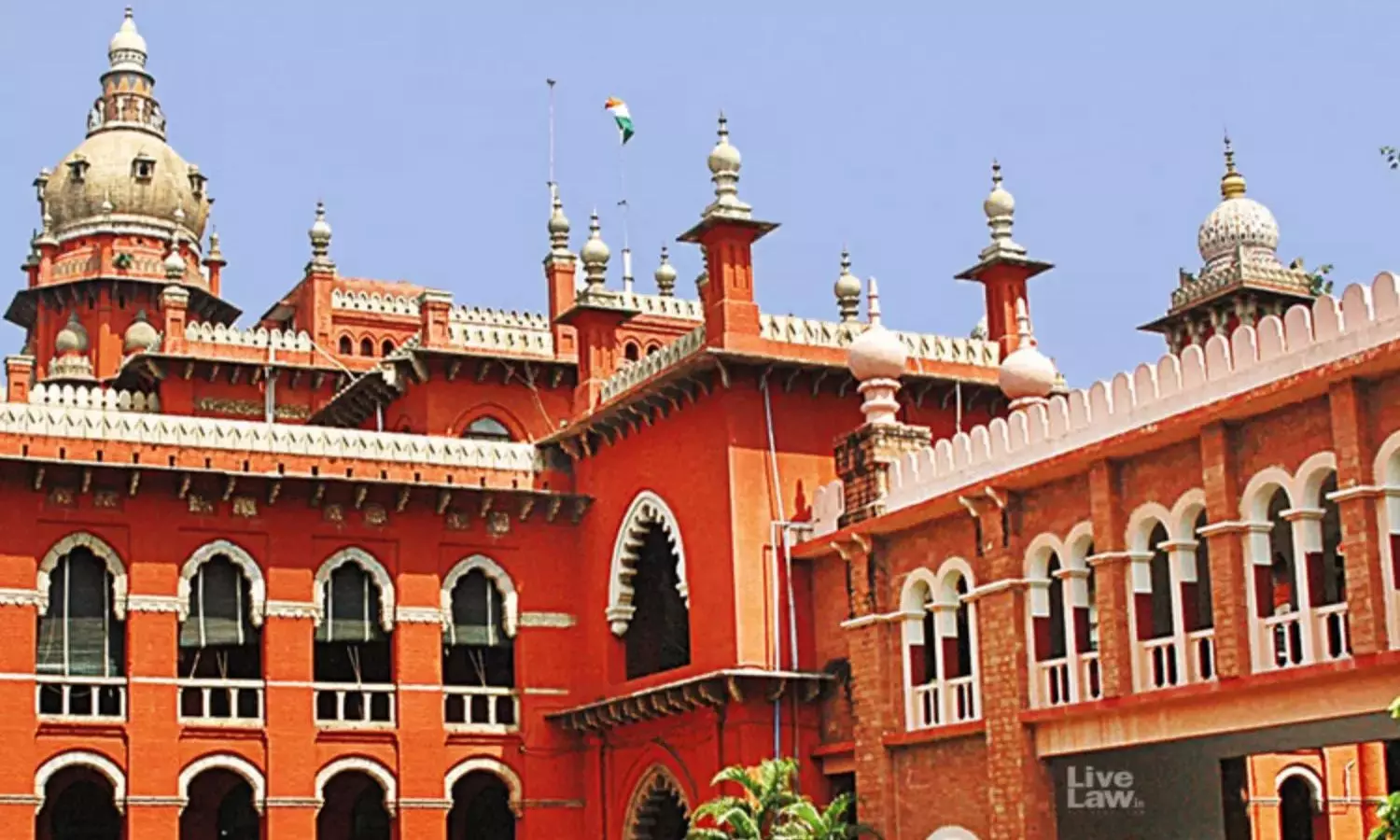
Chennai: Reprimanding the Government, the Madras High Court has recently remarked that when the State of Tamil Nadu claims that they are the champions of the healthcare facilities in the Country, they are expected to effectively monitor and control such paramedical and clinical establishments across the State by enforcing Clinical Establishments (Registration and Regulation) Act, 2010 scrupulously.
The court directed the State Health Department to initiate all effective measures to ensure standard medical facility to all the citizen of the country, and indicated stringent measures against the illegalities and irregularities in establishing clinical establishments and its function.
Justice S.M. Subramaniam was hearing a petition filed by the Tamil Nadu Medical Laboratories Association. The petitioner, represented by its President T Kannan, was seeking direction to the Principal Secretary of the Health and Family Welfare Department, Government of Tamil Nadu, to address their representation and to constitute Tamil Nadu State Paramedical Council by an Act to regulate the filed of Paramedicals.
The petitioner Association raised concerns about unqualified individuals endangering lives in clinical establishments, prompting the enactment of the Clinical Establishments (Registration and Regulation) Act, 2010. The government introduced the Clinical Establishments (Registration and Regulation) Act, 2010, to set standards for healthcare facilities. According to Section 8 of the Act, each state should form a State Council for clinical establishments. However, Tamil Nadu didn’t create the required paramedical council within the specified six months. This delay led to the filing of the current petition.
In response, Kumerasan, the learned Additional Advocate General for the government, asserted that a notification, published on December 15, 2023, paved the way for the constitution of the State Council under the National Commission for Allied and Healthcare Professions Act, 2021. The state also informed that eligible members would be appointed within two months.
Despite the delay in framing rules, the court emphasized the government’s responsibility to enforce the law diligently, especially given Tamil Nadu’s claim to champion healthcare facilities. Kumerasan assured the court that the Rules had been framed, the Council’s commencement was imminent, and steps were taken to appoint its Chairman and Members.
The court further underscored the stringent measures outlined in the Act, including penalties for contraventions, with Section 59 prescribing imprisonment and fines. It observed;
“Section 56 deals with Offences and Penalties. Importantly Section 59 stipulates “Whoever contravenes any of the provisions of this Act or any rules or regulations made thereunder shall be punished with imprisonment which shall not be less than one year but which may extend to three years or with fine which shall not less than one lakh rupees or with both”.”
The court also emphasized the paramount importance of upholding the citizen’s Fundamental Right to health under Article 21 of the Constitution. It noted;
“The Scheme of the Act would indicate that stringent measures are to be taken against the illegalities and irregularities in establishing clinical establishments and its function. Health being an integral part under Article 21 of the Constitution of India and the Fundamental Right of a Citizen, the State is duty bound to ensure quality medical treatments are provided to the Citizen by all the clinical establishments across the State of Tamil Nadu.”
Addressing the petitioner’s allegations of unqualified staff, substandard machinery, and the use of contaminated medical equipment, the court directed the government to appoint the Chairman and Members of the Council within two months. It mandated the Council to conduct periodic inspections to ensure compliance with prescribed standards. It said;
“The Committee constituted shall with the assistance of the competent authorities conduct periodical inspections in the Clinical Establishments across the State of Tamil Nadu and ensure that the qualified technician and employees are working in such Clinical Establishments and the medical services are provided in accordance with law and in the prescribed standards as contemplated under the Act and Rules”
The court concluded by highlighting the need for immediate actions against violations and set a compliance reporting date of April 2, 2024. It said;
“In the event of an illegality, violations, offences, etc., immediate actions are to be initiated by invoking the provisions of the Act and the Rules and by following the procedures as contemplated. All effective measures are to be initiated by the 1st respondent to ensure standard medical facility to all the citizen of our great Nation. With the above said directions, this Writ Petition stands disposed of. No costs. Registry is directed to post this matter on 02.04.2024, under the caption “For Reporting Compliance”.”
To view the original judgement, click on the link below:
Powered by WPeMatico
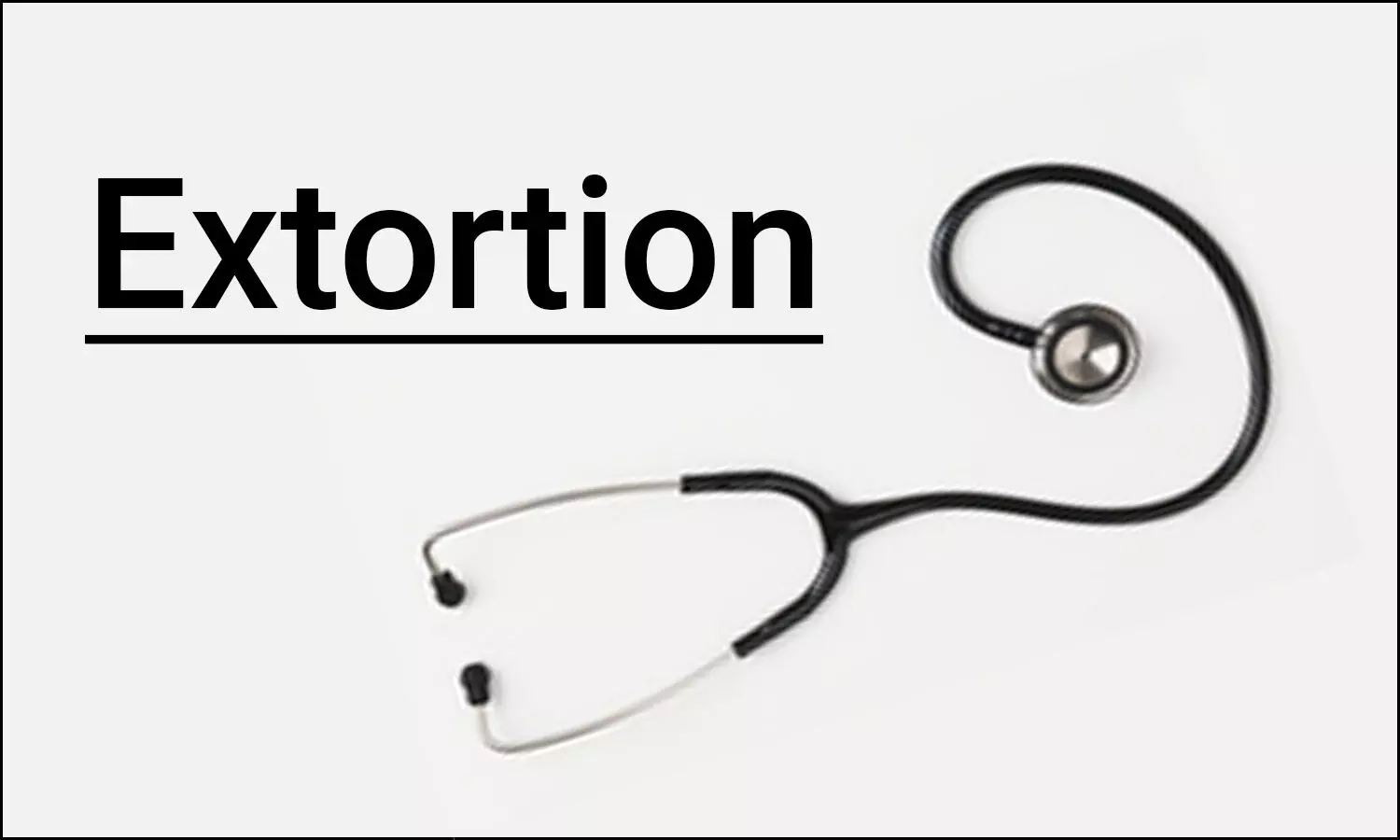
Patna: In another case of rangdari in Bihar, two men- one identifying himself as the son of a late gangster have been arrested recently for allegedly threatening and making extortion calls to a city-based prominent orthopaedic surgeon.
The accused were threatening the doctor for two consecutive days in an attempt to extort money from him. When the doctor refused to give the money, the accused along with his associates went to his clinic and created a ruckus there.
Following this incident, the doctor filed a complaint at Kankarbagh police station and registered an FIR against the accused. Confirming the case, Bharat Soni, the City SP (East) of Patna said the accused had called Dr ***, who runs a hospital in Kankarbagh locality and is also the national president of Vishwa Hindu Parishad.
After arresting the accused, the police recovered an airgun, two mobile phones used for making the calls and a motorbike from the accused and seized them for further investigation.
The first extortion call was made to the compounder on Tuesday morning who identified himself as the son of the late gangster Bindu Singh. He demanded money from the doctor following which he asked the compounder to relay the message to the doctor.
“When the compounder showed his inability to pass on the message to the doctor, the accused called again the next day and repeated his demand,” read the complainant.
‘We immediately initiated the investigation on technical as well as manual forms, including scanning the CCTV footage and putting the mobile number on surveillance. We managed to trace the accused. They are identified as Roshan Singh and Abhishek Kumar. We have booked them under the relevant sections of IPC against them,’ Soni told IANS.
During the investigation, it appeared that both the accused went to the hospital on a bike to monitor the activities of the victim on Wednesday evening. “We have seized an air gun which is generally used to hunt birds, a bullet bike and two mobile phones from their possessions,’ Soni said. The accused also confessed that they were involved in extortion at a local level.
Speaking to TOI, Soni said “Accused Roshan Singh, son of Bindu, and Abhishek, a resident of Salimpur, were arrested from the former’s house in Kankarbagh. Roshan has admitted to his crime. He said his mother was also treated at the doctor’s clinic in Kankarbagh. When denied the money, he along with associates, reached Dr Singh’s clinic and created a ruckus there. The CCTV camera recorded his presence. However, we are trying to find out how much money was demanded from Dr Singh,” the city SP said, adding both the accused have criminal antecedents.
Also read- Punjab Doctor Gets Extortion Call From Notorious Gangster Demanding Rs 2 Crore, FIR Registered
Powered by WPeMatico
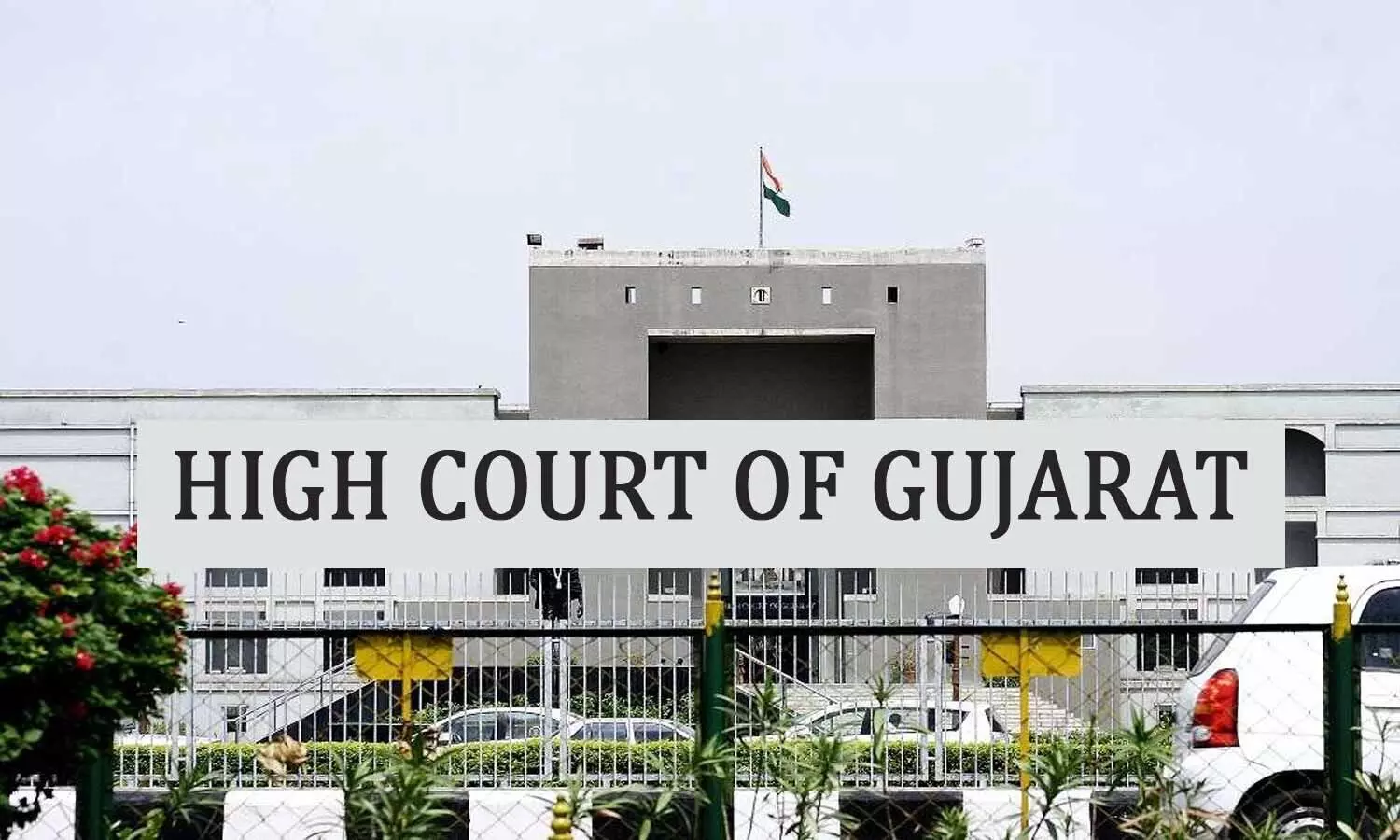
Ahmedabad: The Gujarat Government has now decided to make it mandatory for all the medical establishments across the State to register, irrespective of their size.
Medical establishments will be required to fulfill this condition under the Gujarat Clinical Establishments (Registration and Regulation) Act, 2021, which will be amended by the Gujarat Government.
The counsel for the State, Advocate General Kamal Trivedi communicated the decision in this regard to the Gujarat High Court recently, during the hearing of the suo motu Public Interest Litigation (PIL) filed after 17 persons lost their vision following the cataract surgeries conducted at the trust-run Ramanand Eye Hospital in Mandal town of Ahmedabad district on January 10.
Medical Dialogues had earlier reported that taking suo motu cognisance of a media report that 17 persons lost their vision after undergoing cataract surgery, the Gujarat HC had sought a report from the government by February 7.
The division bench of Justices AS Supehia and Vimal K Vyas had issued notices to the secretary of state health and family welfare department and superintendent of police of Ahmedabad Rural, directing them to file a preliminary report by February 7.
“The incident requires a thorough and sincere investigation for fixing the liability of the erring persons and also to pay suitable compensation to the victims who have ultimately lost their vision,” the court had said.
Based on the directions received earlier, the State Government submitted its report regarding the concerned incident and also informed how the patients were shifted to the Civil Hospital in Ahmedabad for treatment and how some of them took discharge against medical advice.
As per the latest media report by the Times of India, during the submissions, the top law officer further submitted to the Court that the Government was in the process of amending the Gujarat Clinical Establishments Act, which makes it mandatory for hospitals with 50 or more beds to get registered. However, the State is making the registration mandatory for all hospitals.
It was further submitted by the Advocate General that the amendment was proposed back in December 2023 and the Government would invite objections, which takes a month. However, the incident at the Mandal Hospital took place in the meantime.
He informed the court that the proposed amendment will look after all the activities of medical establishments, including the medical supplies.
Senior Advocate G M Joshi, for the High Court, highlighted that the incidents of loss of vision in cataract surgeries have been reported regularly and such incidents normally take place during medical camps.
Such camps are organised by charitable trusts with good intentions. However, the doctors have no control ober medical supplies. Even though there are regulations for clinical establishments, there is no regulation for such medical camps. He further insisted on the need of having such regulations.
Advocate Joshi prayed for time from the Court to study the Government report. Accordingly, the High Court has listed the matter for further hearing after two weeks.
Following the incident of 17 patients losing their vision, the HC bench took cognizance of the issue terming it to be “glaring and deplorable”. The bench opined that the thorough investigation is required in respect of the incident. Thereafter, the State has formed a nine-memer panel to probe the matter.
Powered by WPeMatico
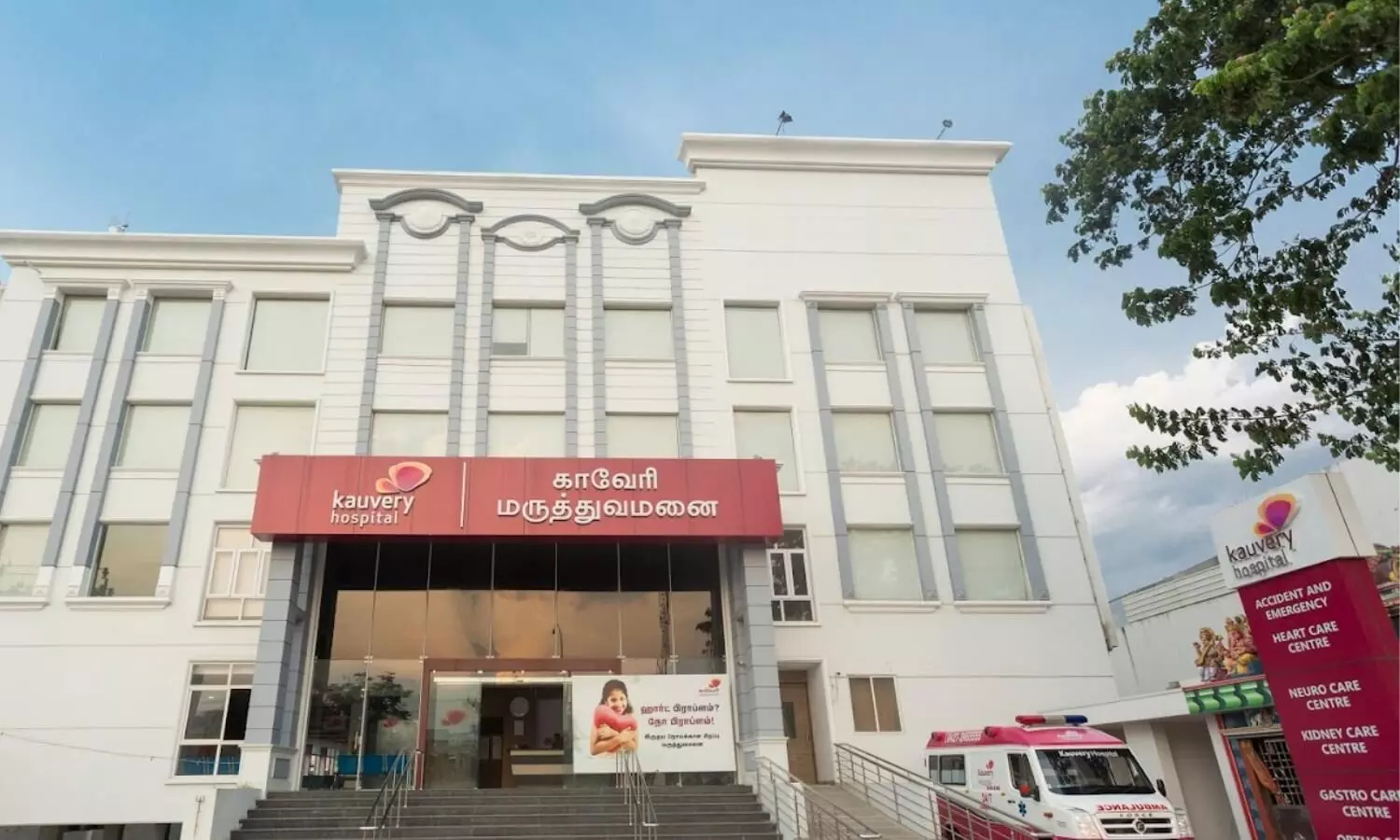
Salem: Kauvery Hospital, Salem, which is part of a leading multi-specialty healthcare chain in Tamil Nadu, successfully performs treatment for ”BoerhaaveSyndrome”
A 65-year-old patient with chest pain, vomiting, and sweating was admitted to Kauvery Hospital, Salem three months ago. Despite tests for cardiac disease, all results were negative, and a cardiologist examined him, ruled out the possibility of cardiac disease.
The patient was then seen by a gastro-enterologist, when it was found that he experienced chest pain and sweating after he forcibly tried to vomit. These are classic symptoms of a tear in the oesophagus, and we immediately did a CT scan with contrast dye, which confirmed the tear in the lower part of the oesophagus, possibly due to internal pressure (Boerhaave Syndrome).
This was followed by an emergency surgery after explaining the high risk of procedure and prolonged stay in hospital. First, the abdomen was opened and tear in the oesophagus was identified. After repairing the Oesophageal tear, Oesophagus was tied just below the repair to prevent stomach contents from travelling upwards. Then a small tube was fixed in stomach to prevent any residual fluid from traveling upwards.
Then another tube was fixed in the small intestine for feeding purpose. Small incision was made in the neck and tube was placed in the oesophagus. Also, an incision was made in the neck region, the oesophagus in that region was tied and a small tube was inserted just above that to prevent saliva to go into the repaired Oesophagus.
So during the surgery there were totally 3 tubes inserted in his body and he was in the ICU for 2 days, and was discharged after 14 days in the hospital with advice of tube feeding through the tube in the small intestine.
The patient underwent a surgery and returned for follow-up visits two weeks after discharge. He showed progress and received recommendations for continued good health. Two months later, a CT scan showed he had healed well, and the tubes tied up during the surgery had opened naturally, allowing him to ingest the contrast dye orally. All three tubes were removed, and he resumed normal oral feeding.
Speaking of this DR. Ravikumar says that the point to note here is that chest pain, vomiting, and sweating are all symptoms that one normally associates with a heart attack, however it could be a symptom of a gastro-intestinal problem like oesophageal tear as well.
There are several reasons for a tear in the oesophagus, it could be due to external factors – the upper part may sustain a tear due to endoscopy procedure, or any procedure that is performed could accidentally cause a pore or hole to occur etc. But for a tear to occur in the oesophagus on its own forcible vomiting could be a strong reason as it increases the pressure in the lower part of the oesophagus which is likely to cause a tear (Boerhaave Syndrome).
Facility Director of Kauvery Hospital, Salem, Selvam appreciated Dr. Ravikumar and his team at Kauvery Hospital, Salem, for the quick and precise diagnosis and treatment that helped restore the good health and confidence of the patient.
Powered by WPeMatico
